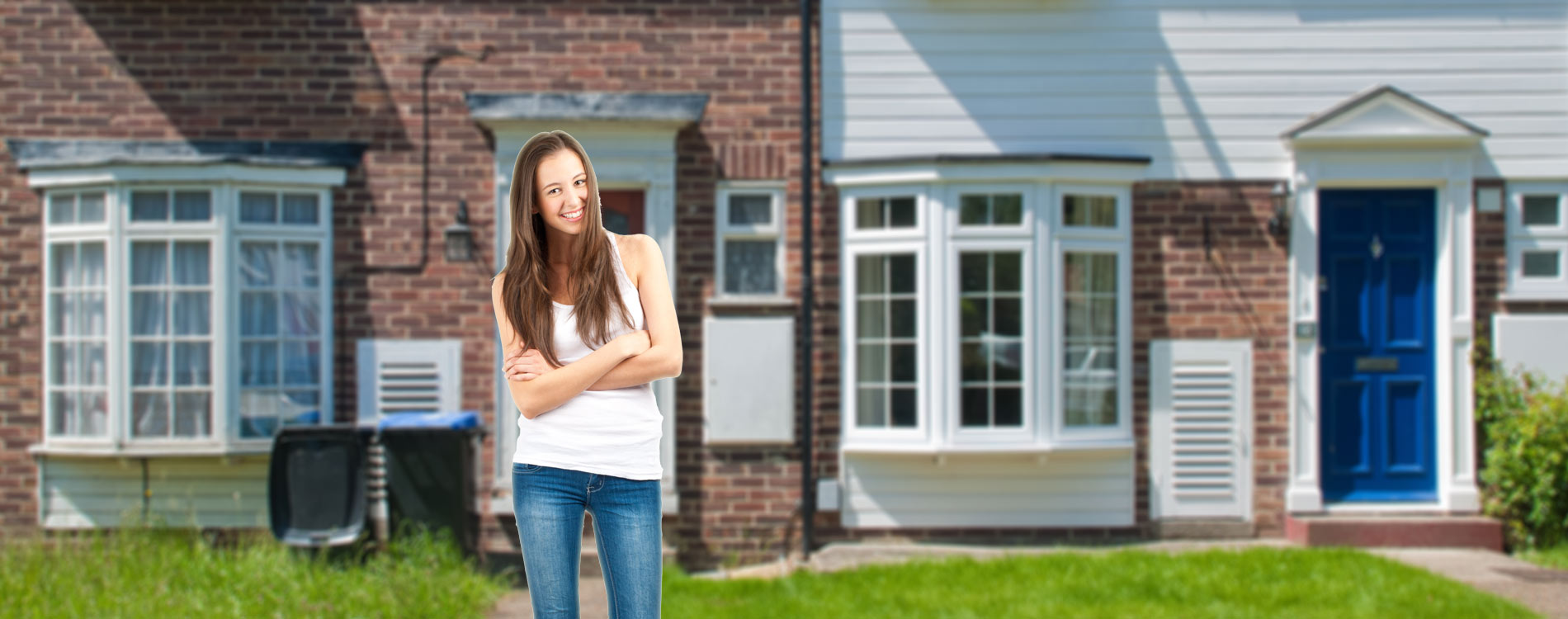Junked to Bunked: Transforming Waste Materials into Livable Spaces in London
Posted on 15/05/2024
London is a city known for its rich history, iconic architecture, and vibrant culture. However, like any major metropolitan area, it also faces the challenge of waste management. With a population of over 9 million people and countless businesses and industries, London produces a significant amount of waste each year. But what if this waste could be transformed into something useful and beneficial for the community? That is exactly what a growing movement in London is doing - turning junked materials into bunked spaces.
In recent years, there has been a growing trend towards repurposing and upcycling waste materials. This not only helps reduce the amount of waste sent to landfills but also provides more sustainable and affordable options for housing in the city. Let's take a closer look at how junked materials are being transformed into livable spaces in London.
The Process: From Junk to Bunk
The process of converting waste materials into livable spaces starts with collecting the materials. This can include anything from discarded shipping containers to old wooden pallets, tires, or even plastic bottles. These items are then carefully inspected for quality and cleaned thoroughly before being repurposed.
Next comes the design phase. Architects and designers work closely with engineers and construction specialists to come up with innovative ways to transform these materials into functional living spaces. The end result can range from tiny homes and micro apartments to larger structures such as low-cost housing complexes.
One of the main advantages of using junked materials for building is their affordability. Often, these materials can be obtained for free or at a very low cost compared to traditional building materials. This makes it an attractive option for those looking for more affordable housing options in London.
Another factor that makes this approach so appealing is its sustainability. By using materials that would have otherwise ended up in landfills, we are able to reduce our impact on the environment and promote a circular economy. Plus, many of these materials are lightweight and easy to transport, making the construction process more eco-friendly.

Pros and Cons of Junked to Bunked
As with any approach, there are both pros and cons to transforming waste materials into livable spaces in London. On the positive side, it offers an affordable and sustainable solution for housing in a city where prices continue to rise. It also allows for more creative and unique designs that can bring a sense of character and personality to a space.
However, there are also challenges that come with this approach. Building codes and regulations may need to be adapted or modified to accommodate these unconventional materials, which could lead to delays and additional costs. There is also the concern of durability - will these structures withstand the test of time? To address this issue, thorough testing and quality control measures must be in place during the construction process.
Tips for Transforming Waste Materials into Livable Spaces
If you are considering converting junked materials into a livable space in London, here are some tips to keep in mind:
1. Ensure quality materials: It's important to carefully select and inspect all materials before using them for construction. This will ensure durability and safety in the long run.
2. Get necessary permits: Make sure to obtain all necessary permits and meet building codes for your specific location before proceeding with any construction.
3. Seek professional help: Working with experienced architects, engineers, and contractors can help you navigate any challenges that may arise during the project.
4. Consider insulation and ventilation: Proper insulation and ventilation are crucial for maintaining comfortable living conditions in any type of structure, especially those made from unconventional materials.
5. Use environmentally friendly practices: When constructing with waste materials, it's important to use eco-friendly practices such as conserving energy, using green building techniques, and properly disposing of any excess materials.

Takeaways
Turning junked materials into bunked spaces is not only a trend but a necessity in today's world. With a growing population and limited resources, it's important to find creative ways to reduce waste and provide affordable housing options. London's forward-thinking approach towards transforming waste materials into livable spaces serves as an inspiration for other cities around the world.
Conclusion
Junked to bunked - it's a concept that is gaining momentum in London and for good reason. By reimagining waste materials as valuable resources, we can create sustainable and affordable housing solutions while also reducing our impact on the environment. As we continue to see the success of these projects, perhaps we will see more cities following suit in the near future.

 020 8610 9486
020 8610 9486










